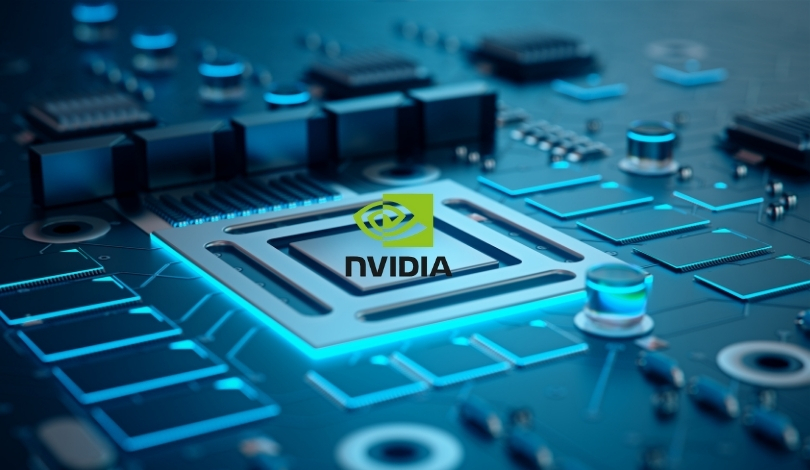Recent developments continue to highlight the role of CUDA cores in modern computing systems. With increasing demand for parallel processing in graphics and machine learning workloads, CUDA cores have steadily become a crucial component in NVIDIA’s product lineup. Additional research shows growing interest among developers, researchers, and gamers alike. This discussion offers fresh perspectives on the technical functionality and impact of these processing units.
Understanding CUDA Core Functionality
CUDA Core Applications in Graphics and AI
Industry Perspective on CUDA Cores
Various online assessments and industry reports provide details on CUDA cores as specialized processing units built for executing parallel operations. Multiple technical analyses describe these cores as essential to the design of NVIDIA GPUs, including models like GeForce RTX and Tesla series. Several online sources consistently emphasize their role in managing intensive computation while noting minor differences in technical wording. These perspectives align in portraying CUDA cores as a foundational element in modern graphics and AI processing.
CUDA cores operate as discrete units capable of performing fundamental arithmetic and logical tasks concurrently. A modern GPU may include thousands of these units to execute complex computations simultaneously.
NVIDIA’s technical team stated, “CUDA cores efficiently handle multiple parallel tasks, significantly boosting performance in compatible applications.”
This core setup distributes computational loads across many channels, thereby improving the speed and efficiency of processes such as video rendering and simulation.
Developers utilize CUDA cores in NVIDIA’s GeForce and RTX products to achieve accelerated real-time graphics and drive sophisticated simulations in artificial intelligence. These processing units enable a range of applications from detailed 3D rendering to complex scientific modeling by dividing workloads into numerous smaller tasks. The integration of CUDA cores in these systems allows both consumer-level gaming and professional computing tasks to benefit from robust, parallel processing capabilities.
Industry experts recognize that effective parallel task management through CUDA cores is vital for maintaining competitive GPU performance. Companies focusing on high-performance computing and virtual reality applications have noted improvements in processing efficiency where these cores are employed. Technical evaluations across different sectors indicate that the architecture supporting CUDA cores plays an important role in optimizing data-intensive operations, which informs ongoing hardware development and adoption strategies.
The assessment of CUDA cores demonstrates their central function in advancing parallel processing capabilities in NVIDIA GPUs. Detailed comparisons across sources reveal that workload distribution and computational efficiency provided by these cores are key factors in the performance of graphics and AI applications. This information benefits readers by outlining how modern GPU designs leverage CUDA cores, guiding decisions in both technological investments and future hardware research.










